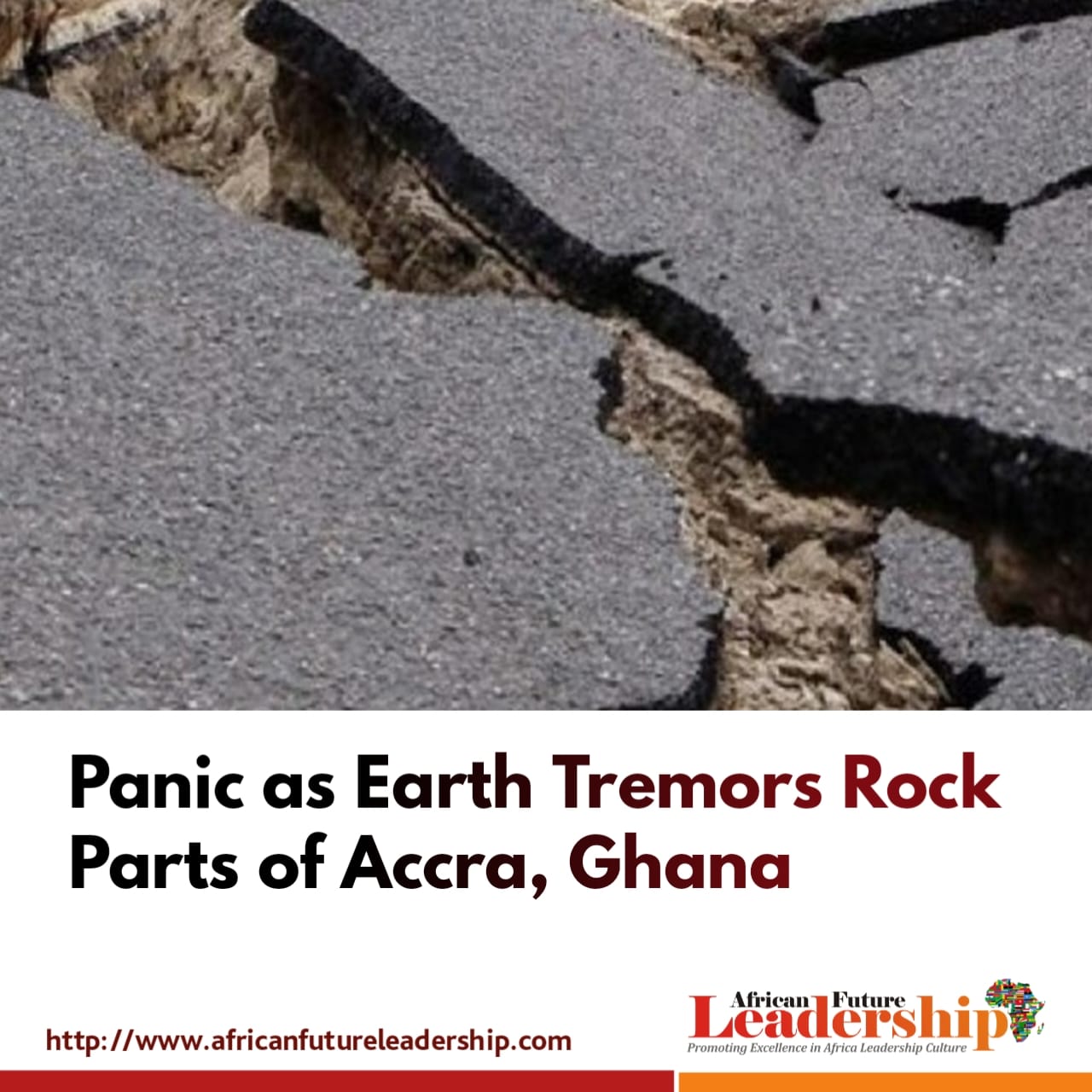By our Reporter
Confirmed sources have revealed that the International Union for Conservation of Nature (IUCN) on Monday published its first Restoration Barometer report, documenting that investments of $26 billion across 18 countries have brought 14 million hectares of degraded landscapes – an area about the size of Greece – under restoration.
In a statement from the IUCN made available on Monday, the report details how 18 countries are using the Restoration Barometer tool to track progress on their restoration commitments under global agreements, which total 48 million hectares by 2030.
READ MORE: US-Africa Summit: Biden Invites Buhari, other African Leaders
This report shows that restoration activities are currently ongoing in a total of 14 million hectares, thanks to a cumulative investment of $26 billion from public and private sources.
It further highlights the various benefits these restoration efforts bring for conservation and sustainable development.
and detailed case studies in the report – such as Mozambique’s National Mangrove Strategy; satellite use in Guatemala; and endangered species protection in Mexico – also reveal that through restoration efforts in these 18 countries, 12 million jobs were created and over 145 million tonnes of carbon were sequestered in 2022.
Thus, endorsed by over 50 governments, the Restoration Barometer was developed by IUCN with the support of the German Federal Ministry for the Environment, Nature Conservation, Nuclear Safety and Consumer Protection.
Interestingly, it is the only tool that is already being used by governments to track restoration and its benefits across all terrestrial ecosystems, including coastal and inland waters, and report on their commitments against global frameworks such as the UN Decade on Ecosystem Restoration, Bonn Challenge, Paris Agreement or 1t.org. It will also allows countries to track progress against restoration commitments under the forthcoming post-2020 Global Biodiversity Framework targets leaders will set at COP15.
Deputy Director General – Programme, IUCN, Stewart Maginnis, said: “To drive restoration ambition and action at the scale that is needed to make the Global Biodiversity Framework a success requires sound and credible information on how restoration is progressing on the ground and what impacts are being achieved for biodiversity, for climate and for economies. The Restoration Barometer tool fills this gap.”
Also, Natalia Alekseeva, UN Decade on Ecosystem Restoration Coordinator, UN Environment Programme, said: “The UN Decade on Ecosystem Restoration can only succeed if we measure progress on the ground. This is where tools like IUCN’s Restoration Barometer are crucial. Countries have promised to restore 1 billion hectares – an area the size of China. But where is that restoration happening? And how successful is it? The Barometer is already and will continue to be essential in answering this question, and we anticipate close collaboration with the UN Decade’s monitoring platform, the Framework for Ecosystem Restoration Monitoring.”
Therefore, “As countries commit to ecosystem restoration like Canada did Monday through its ambitious Bonn Challenge pledge, the Restoration Barometer tool enables them to build a comprehensive picture of their progress, helping them to identify what is working, where and how, which leads to more impactful action and better-targeted investments. This means restoration efforts cannot only be maximised but fully sustained during this critical decade to save our natural world,” says Carole Saint-Laurent, Head of IUCN’s Forests and Grasslands Team.
READ MORE: UN seeks $1.2b for Humanitarian Needs in North East Africa
So, using the Restoration Barometer tool, countries record their restoration policies, modes of planning, monitoring systems and funding structures that make their efforts possible and ensure they will continue. They can then track the sizes of the areas under restoration, plus the corresponding climate, biodiversity and socio-economic benefits that result from the restoration programmes being implemented.
Possibly, by next year, the Barometer will be further extended to include restoration efforts in kelp, seagrasses and shallow reefs, allowing users to report from ridge to reef. Looking ahead, the Restoration Barometer will also be made available for use by companies seeking to set and track restoration targets; 34 companies are currently piloting the tool in collaboration with the World Economic Forum and 1t.org.
It was emphasised that next year, this new application will go live on the Restoration Barometer website, opening up opportunities for the private sector to transparently monitor company-wide restoration commitments.
Notably, the Restoration Barometer was first launched in 2016 as the Bonn Challenge Barometer. It was piloted in forest landscapes – including in Brazil, Rwanda, El Salvador, Mexico and the United States – to measure the success of restoration programmes and understand the hurdles to implementation and quantification of restoration benefits. Subsequently, the tool was applied by 22 countries. It has been endorsed by more than 50 countries.
In the report on this occasion, the 18 countries included are: Africa: Cameroon, Ghana, Kenya, Malawi, Mozambique, Rwanda, Uganda; Asia: Bangladesh, Sri Lanka; Latin America: Colombia, Costa Rica, El Salvador, Guatemala, Mexico, Peru, and Europe, Central Asia and the Caucasus: Kazakhstan, Kyrgyzstan, Tajikistan.
And significantly, for the IBASS implementation: JAMB is training VCs, Provosts, others in readiness for full automation




